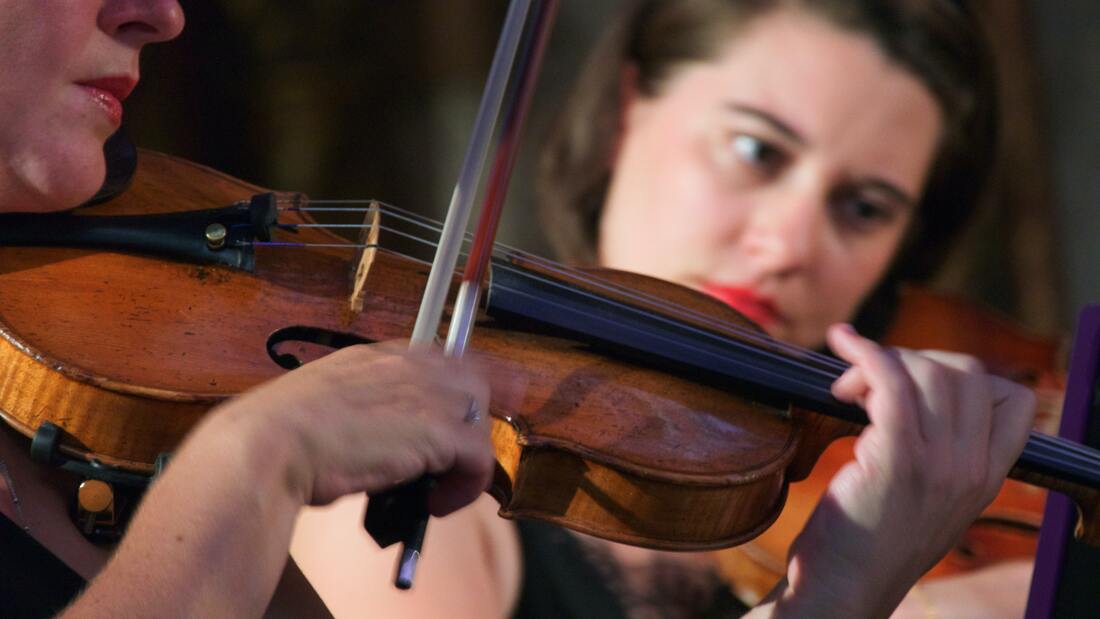Violin - Buying tips & guidelines
|
It is always best to try out an instrument before you buy it, and your music teacher or local retailer will be able to advise on makes and sizes. Below you will find some good information and advice to take into account. Find out more by clicking on the tile below. There are so many different makers it is impossible to list them all. It is always best to try out an instrument before you buy it, and your music teacher or local retailer will be able to advise on makes and sizes. Below you will find some good information and advice to take into account.
Choosing the right sizeViolins come in various sizes. You would buy a full-size (or“4/4”) Violin as an adult or teenager. For younger children, Violins come in smaller sizes.
You can use the table below as a guide. The Arm Length measurement is the distance between your neck and the middle of your left-hand palm.
|
If you can try out an instrument before purchase (recommended), stretch out your left arm and curl your fingers around the scroll at the top of the violin. If your fingers can get around such that your fingertips touch the front of the peg box, the violin is about the right size. If not, you will need a smaller size. You will need a larger size if your left arm is much longer than the violin. If you're in between sizes, you should probably take the larger size, especially if you're buying for a child, as they grow very quickly.
If your preference is to buy online, visit a local retailer first to determine the correct size before you purchase online. You may need to confirm the size if buying from a private individual (e.g. on eBay). Ask the seller to look inside the instrument through the sound holes - the label inside should say 1/2, 3/4, etc. if it is a small-sized instrument. Full-size instruments usually do not have the size listed (4/4). It would be best to ask the seller for the instrument's length. A full-size Violin has a body about 35.56 centimetres long; that is, the length from the 'shoulder' of the instrument to the end of the body is 35.6 centimetres. This does not include the neck and scroll. 3/4 has a body of over 33 centimetres, 1/2 size a little over 30.5 centimetres, 1/4 is about 28 centimetres, 1/8 is about 27 centimetres, and 1/10 is approximately 22.2 centimetres. Different models will vary in smaller sizes.
If your preference is to buy online, visit a local retailer first to determine the correct size before you purchase online. You may need to confirm the size if buying from a private individual (e.g. on eBay). Ask the seller to look inside the instrument through the sound holes - the label inside should say 1/2, 3/4, etc. if it is a small-sized instrument. Full-size instruments usually do not have the size listed (4/4). It would be best to ask the seller for the instrument's length. A full-size Violin has a body about 35.56 centimetres long; that is, the length from the 'shoulder' of the instrument to the end of the body is 35.6 centimetres. This does not include the neck and scroll. 3/4 has a body of over 33 centimetres, 1/2 size a little over 30.5 centimetres, 1/4 is about 28 centimetres, 1/8 is about 27 centimetres, and 1/10 is approximately 22.2 centimetres. Different models will vary in smaller sizes.
Additional sizing tips
Tip 1
Sit up or stand straight. When sitting, your feet must be touching the floor
Tip 2
Fully extend your left hand straight; your extended hand should be vertical to your body
Tip 3
Measure the length between the player's neck and the middle of the left-hand palm or wrist
Tip 4
Most teachers prefer the measurement from the neck to the wrist instead of the neck to mid-palm approach
Tip 5
The chin of the player must rest at the centre of the chin rest
Tip 6
If a child is neither particularly small nor tall for their age, then use the age table to choose the right instrument for them


